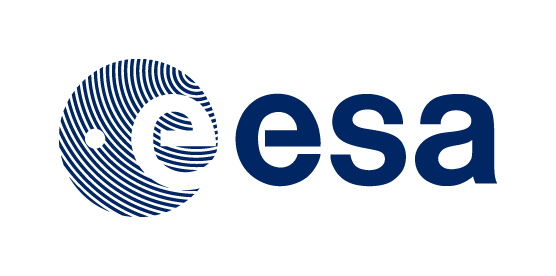Zero-G Drone Project
Making microgravity attainable to allOverview
Free-fall environments on the Earth are achieved by means of drop towers and parabolic flights. Those facilities are scarce and their maintenance and operations are expensive. The miniaturization of instrumentation along with the cost reduction of drone technology present a unique opportunity for the development of affordable and easily used microgravity facilities for small experiments. Therefore, the aim of this project is to develop, design, build and test a system to create a zero-g environment by using a pre-existing unmanned aircraft (drone).
There are two main justifications for our project:
- Microgravity for universities and space agencies: to ease the access to microgravity by offering a lower cost option.
- Education and research: to allow students to get a deeper understanding of microgravity environments.
Members
Members
Partner
ESAC Traineeship
Day-to-day
02/04/2017 – M05
We will work on the testing and validation planning of the control algorithm developed by the trainee at ESAC. Despite the fact that we could potentially work on some other tasks, at the moment we’d rather focus on this one to succesfully acomplish it.
In future meetings we will discuss the procedures to test these control algorithms and how to apply them to the project, see you there!
We discussed different types of tests done that would need to be completed during and at the end of the development of the design. From testing and validation of the control algorithm to the stress analysis and flight performance of the drone.
Finally, we conclude the meeting by deciding to narrow the types of tests and validation of the drone to purely the control algorithm but keeping in mind the potential work to do towards other types of tests in order to ensure the quality of our design.
10/04/2017 – M06
03/05/2017 – M07
Also, it seems like the project will foster a new member. He will be in charge of the study of drone regulations and rules to fly them.
GORKA POPOFF
He is a half Spanish half Belgian law student, currently carrying out his studies in England. Of course, he is going to help us with the legal aspects of the project, something we lacked of until now. For more info about Gorka, check his profile above 😉
After this great new, let’s move on to the technical part. It seems the traineeship with ESAC will finally begin, so we have already started to prepare the kick off meeting that will take place next week, the 25th! Organization, aerodynamics, legal aspects, software and hardware testing…there are plenty of topics to discuss and we have to clarify them. Hence, we have agreed to create a document which will include the most important questions before the meeting…there’s no time to waste!
20/05/2017 – M08
23/05/2017 – M09
Moreover, we were reviewing the points that TFS is going to work with ESAC and discussing some laws and contractual issues about drones and their regulation.

